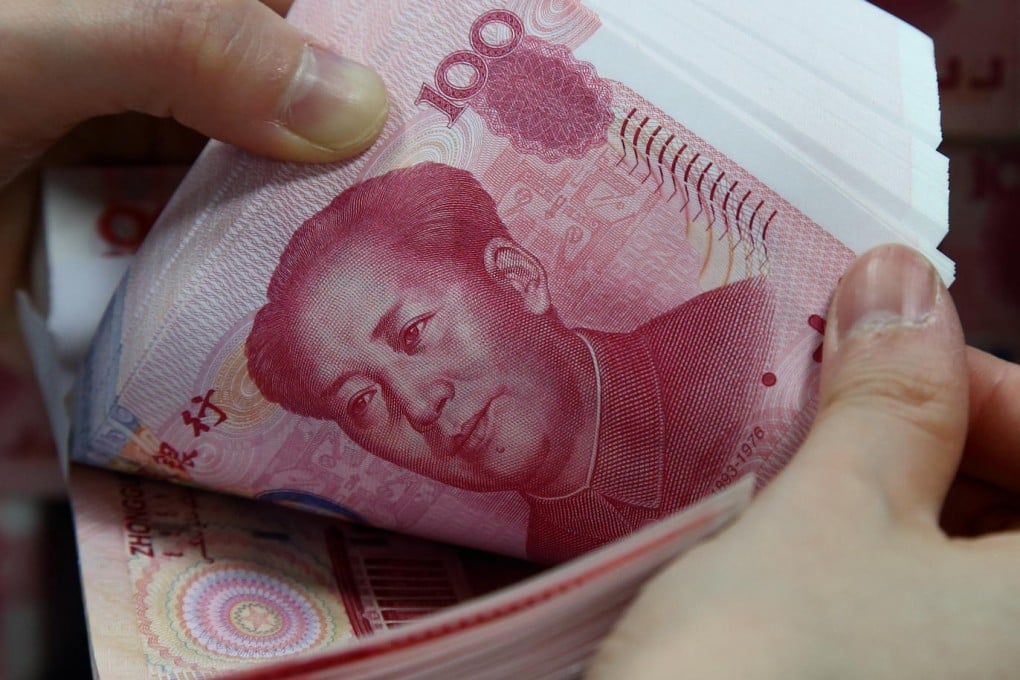China interbank market faces cash squeeze
Cost of yuan business getting high as capital outflows, fuelled by Beijing's currency reforms, put monetary base and margins under pressure

It is an expensive time to be in the business of yuan banking, especially when the cost of capital is high and a liquidity crunch is putting a squeeze on margins.
Over the past five quarters, US$440 billion had departed from the mainland, said Lombard Street Research. The figure is a record high for net capital outflows although China's current account surplus is still holding up at US$365 billion. The outflows are putting China's monetary base under pressure.
Despite three successive interest rate cuts, "the benchmark one-year lending rate is around 11 per cent in real terms", said Diana Choyleva, the head of research at Lombard Street.
The People's Bank of China's market reforms on the yuan's pricing fix may have exacerbated the outflows. At the epicentre of the latest liquidity crunch is the Shanghai interbank market, where banks lend to each other. The overnight interbank offered rate Shibor, representing banks' funding costs, shot up by 36 per cent between July 21 and last Friday.
So far, there has been no sign of relief despite three big injections, totalling 350 billion yuan (HK$424 billion), the central bank made into the system last week.
Chi Lo, a senior economist for greater China at BNP Paribas, viewed the move as "offset measures" in provision for market reform. The central bank has also recently reduced bond issues.
